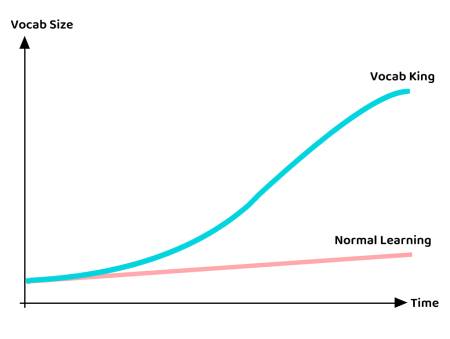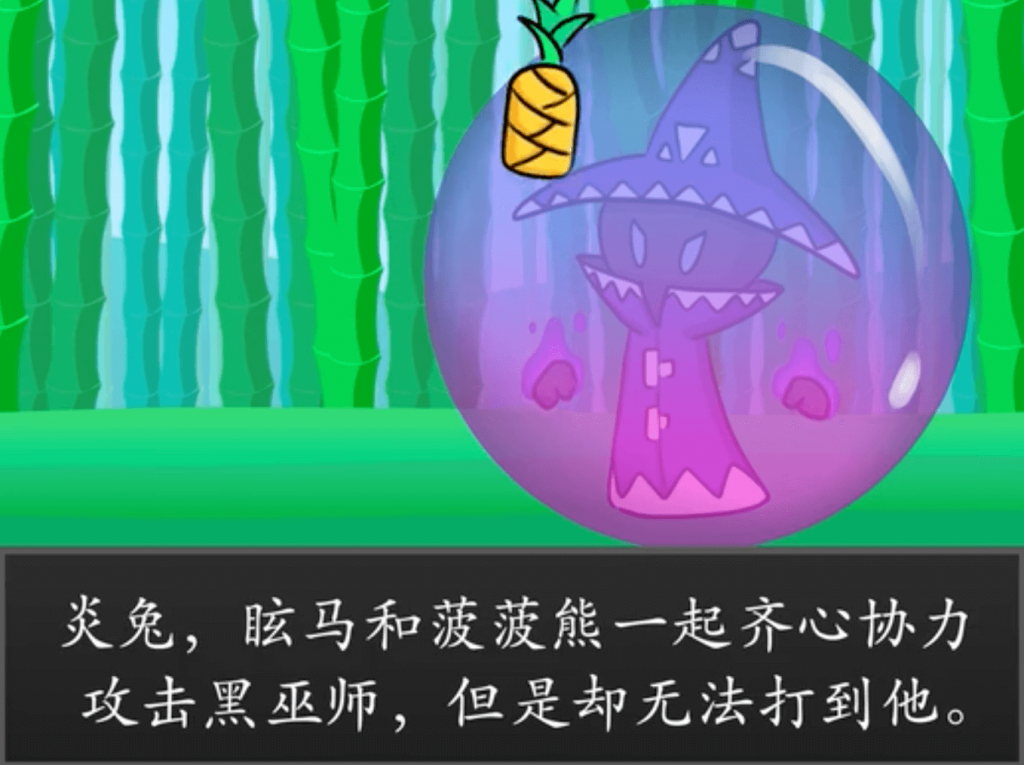
Do you want 2023 to be the year you transform your child’s Chinese? Start the 10-min routine, where you transform your Chinese in just 10 minutes a day. Scientifically proven.
Sounds too good to be true? I personally tried it in 2022 and saw tremendous improvements, and in this post, we show how your child can too.
WHY THE 10-MIN ROUTINE WORKS?
The 10-min routine is basically what it sounds like – spend 10 mins a day practicing Chinese by reading a book, revising flashcards, listening to a podcast, etc. The key is to do this every, single, day.
You might wonder: how much can my child learn in just 10 mins?
Actually, the gold standard in language learning is regular practice sessions, as we remember things significantly better when we learn the materials through spaced study sessions compared to trying to cram everything before an exam.
And let’s be honest: most students cram for their weekly spelling then not touch the material for months until there’s a test (meaning most of the words are forgotten). That’s why so many students can do well at ting xie but struggle with comprehension and reading.
A strong vocab foundation makes everything easier, and the 10-min routine is the simple yet effective way to transform your child’s Chinese.

There are other benefits as well. It’s much easier to convince kids to practise if it’s just 10 minutes vs a long session. And if your child sticks to a daily 10-min routine, practising will naturally become a habit, the key towards long-term success in Chinese.
HOW DO I START?
Whenever I recommend the 10-min routine to parents, most ask “what should my child practise?” But that’s putting the cart before the horse.
The more important question is “why does my child want to get better at Chinese?” Since most kids dislike learning Chinese, getting your child to buy-in is the key first step to success.
For older kids, grades and getting into their desired secondary school is a strong motivator. On the first day of our P6 enrichment classes, we give students a piece of paper to write two things: 1) the PSLE grade they want for Chinese, and 2) concrete steps they will take to achieve it.
But what if your child is younger and isn’t motivated by grades?
I suggest finding something they like and link improving in Chinese with it. For instance, if your child likes games, then being able to play a computer game in Chinese is a motivating factor. If your child sees the 10-mins routine as an activity that benefits them rather than just something forced down their throat by their parents, it’s much more likely to succeed.

TIPS ON HOW TO GET THE MOST OUT OF THE 10 MIN ROUTINE
Have your child write down his or her Chinese goals
According to Dr. Gail Matthews, a psychology professor at Dominican University in California, you are 42% more likely to achieve your goals just by writing them down. Writing down a goal makes us accountable and more likely to persevere.
It doesn’t matter if your child’s goal is an academic target like scoring 90+ marks in the final year paper or something more interest-based like reading a Chinese book every month. Get your child to put it down in writing – this is a written contract with themselves and is a motivator.

After writing down their goals, your child should then write what he or she intends to do daily to achieve it (see below). Note that you don’t always have to revise the same thing every day – variety is important to keep children engaged, and the key is getting some form of revision daily.
EXAMPLE
Name: <Your child’s name>
Goal: I want to get AL1 by the end of the year
What I will do every day: Spend 5 minutes revising 词语手册 and five minutes reading a Chinese book
Set aside a specific time every day
I highly recommend setting a specific time every day for the 10-minute routine. Rather than simply say “I’m going to revise 10 minutes every day”, say “I’m going to revise 10 minutes at 7pm (after dinner) or just before going to bed”. Fixing a specific time every day makes it easier to form a habit.
Alternatively, instead of fixing a specific time, link the 10-min routine to another habit that your child currently does. For instance, if your child has story-time every night, then you could simply do 10 mins of Chinese revision before every story-time session. That’s actually what I did for my own Chinese studying habit – I do 10 minutes of reading just before I leave the office, and it’s part of my daily routine.
Use technology to make learning engaging
But what if I know daily practice is essential, but I can’t convince my child to even give it a try?
Most students dislike learning Chinese because they find it boring or too difficult (that’s why so many kids refuse to read Chinese books). One solution is to use technology to make revision both fun and easy.
Try out VocabKing, our AI learning platform – many kids that normally dislike Chinese are actually willing to practise Chinese on VocabKing because it’s an immersive game universe, where your kids collect and battle with exciting pets by answering Chinese questions.
And taking just 10 mins a day, it almost feels effortless to them. Yet, the results can be astounding. 80% of students who practise regularly improve within 2 weeks. That’s because we use AI to create a personalised learning journey – targeting weak areas and testing 100+ new or forgotten words every week.
If you want 2023 to be the year your child’s transform his or her Chinese, sign up for a 7-day free trial now!







